

We have to admit, we liked Rubik’s World more than we anticipated we would. The developers have created not just a very workable virtual version of the Rubik’s Cube, but seven additional puzzle games – a couple of which could stand on their own.
We’ll start with the obvious flagship: the Rubik’s Cube itself. You can solve 4x4, 3x3, and 4x4 cubes, and it actually works just as well here as it does in real life. The cube appears onscreen and you can move the cube’s rows and columns with a flick of the remote, or rotate the whole thing in 3D space with the nunchuk. And because it’s a virtual cube, you can easily start with it pristine and solved or randomly mixed up, or test your skill at “unsolving” a cube by recreating certain patterns the game gives you. Let’s see a real-world cube do that.
Moving beyond the main game are seven mini-games, some of which are quite good. A few are the same as the ones in the DS version of the game: Switch is a sliding-puzzle type game in which you’re grouping same-colored cubes to make them poof out of existence. Fit finds you manipulating individual colored cubes into larger shapes (you can even squish them now) to see if they fit through holes in a descending platform. It also supports two players, if desired.
Calculate gives you two math problems at a time, and their answers correspond to the X and Y coordinates on a grid. Do the math right and color in the resulting squares, and you’ll make a picture. Create finds you making things out of cubes (and supports up to four players) and Compose attempts to be a music editor, but it’s not too graceful.
The remaining modes are unique to the Wii. Guide replaces the Roll game found in the DS version. Basically, you direct cubes to safety across a platform populated with obstacles by placing arrows and signs to adjust direction and speed, but the cubes cannot touch one another. View shows you an object from three different angles and makes it your hob to reconstruct it. Deconstruct, the final four-player mode, gives you an object made of several types of cube and challenges you to shoot off the bits of some colors but not others.
That’s the whole package, and it’s more than we expected even if our favorite mode from the DS version isn’t here (and while we’re at it, the controls aren’t as good here either). You’ll need an appreciation for the cube itself to get the most out of this - and you may want to destroy whoever programmed the chirpy music and decided to call the cubes “cubies” and give them a story - but it’s a solid value for puzzle players.
Dec 31, 2008

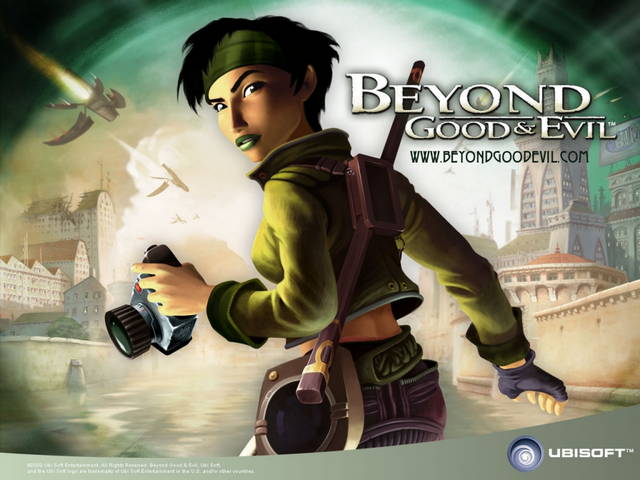


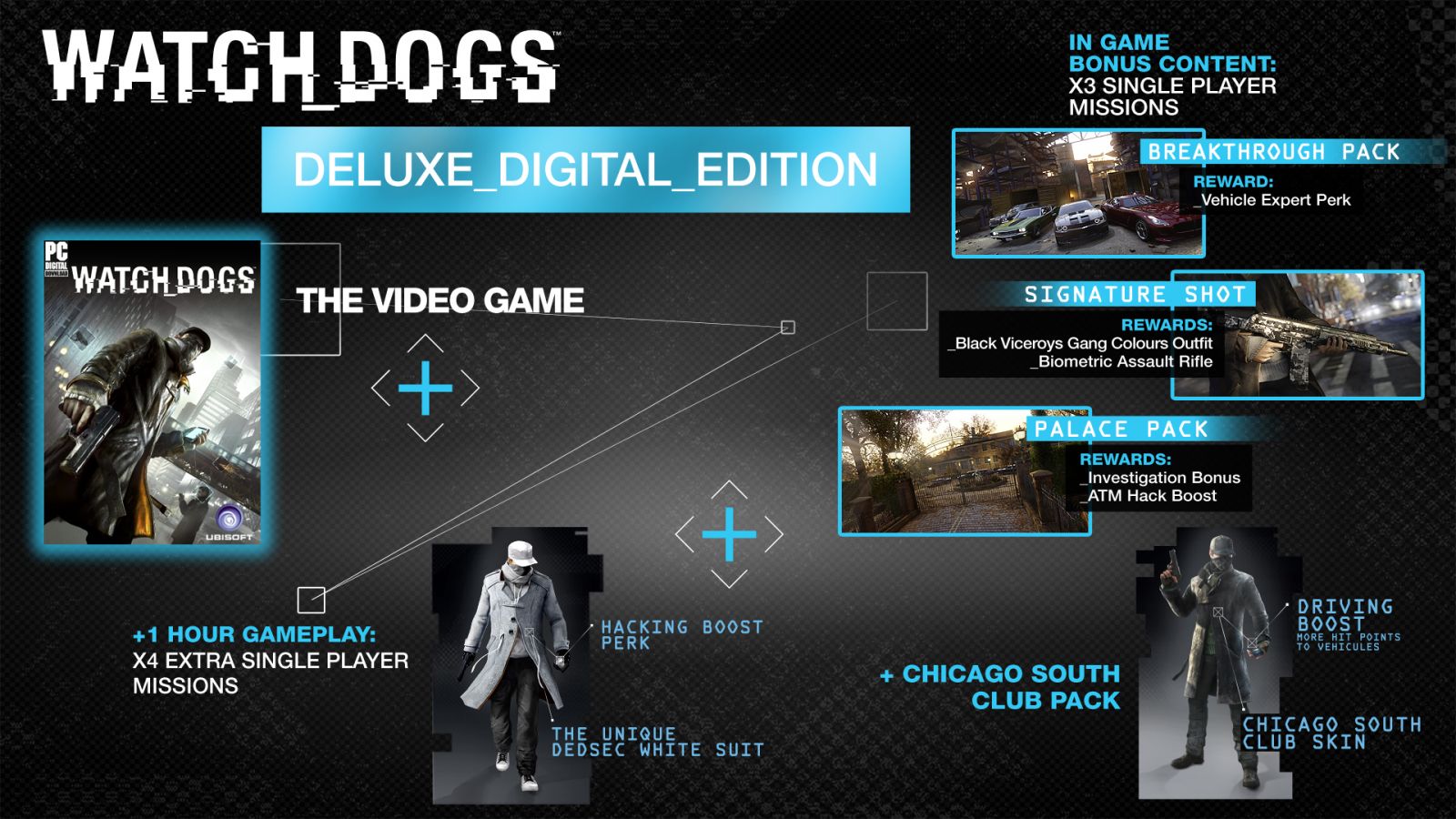 Watch Dogs extra content details including Breakthrough, Palace, White Hat and Signature Shot DLC Packs
Watch Dogs extra content details including Breakthrough, Palace, White Hat and Signature Shot DLC Packs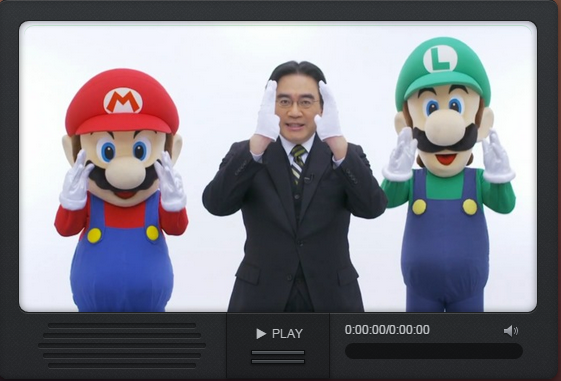 Attention, Gamers! Here Are the 10 Best Gaming Podcasts
Attention, Gamers! Here Are the 10 Best Gaming Podcasts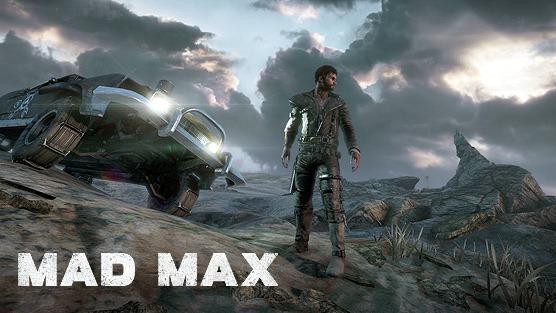 Mad Max: Game References and Easter Eggs
Mad Max: Game References and Easter Eggs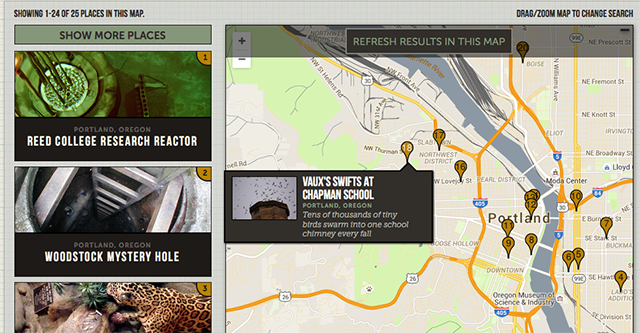 5 Sites for Planning and Enjoying Easygoing Travel
5 Sites for Planning and Enjoying Easygoing Travel Five Reasons Not to Sell Your PS3
Five Reasons Not to Sell Your PS3